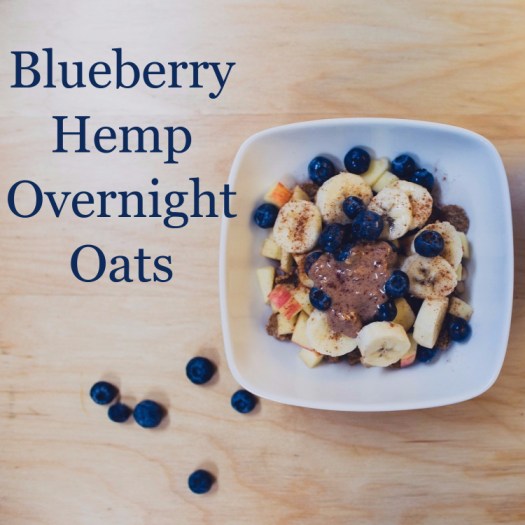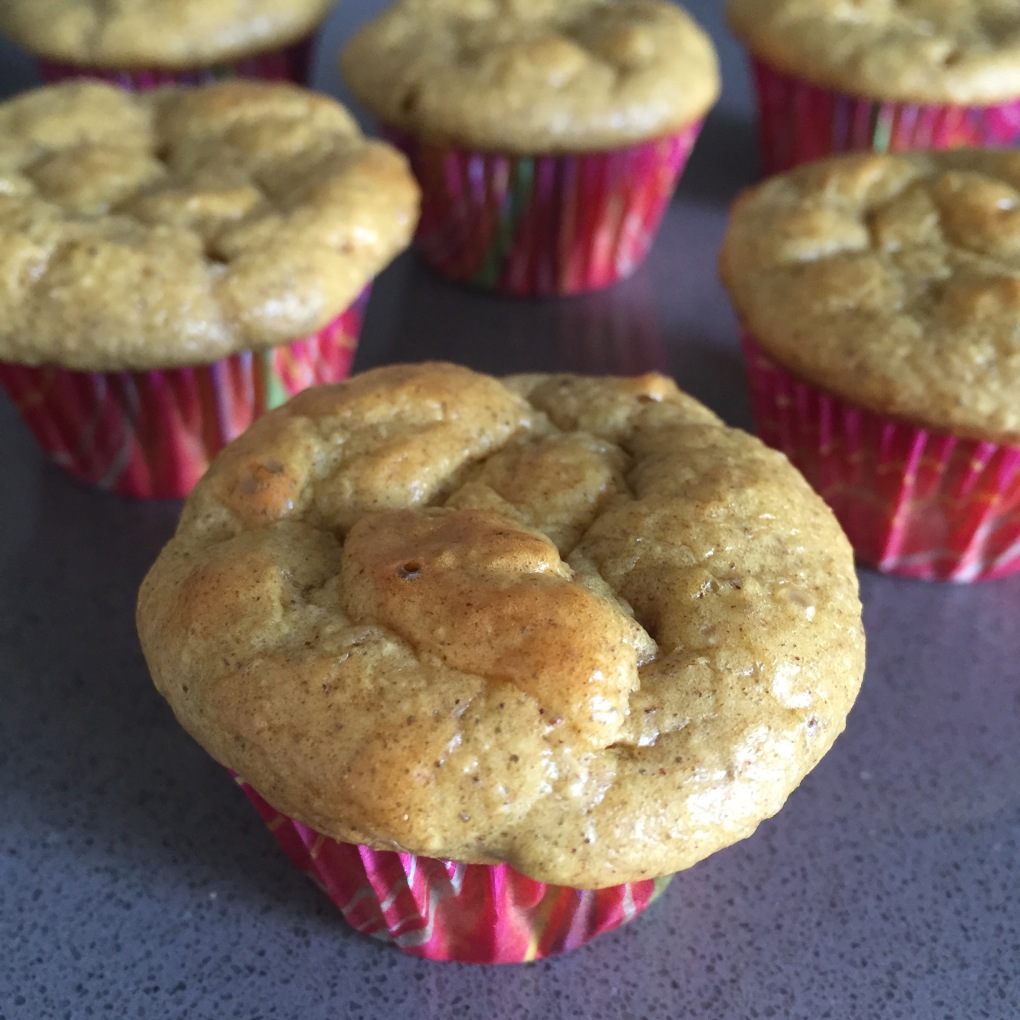If there was ever a call for “digestive health,” THIS. IS. IT. So, take note!
Your gut is considered your “second brain.” There is no denying it anymore.
And because of the new scientific discoveries about the vagus nerve, the enteric nervous system, and the amazing influence your gut microbes can have, it’s no wonder what you eat, feeds not only your body but can directly affect your brain.
So, what exactly is the “gut-brain connection?” It’s very complex, and to be honest, we’re still learning lots about it!
Let’s dive into some basics…we’ll call them Gut Brain 101.
To start, there are multiple things working together. Things like:
- The vagus nerve that links the gut directly to the brain;
- The “enteric nervous system” (A.K.A. “second brain) helps the complex intricacies of digestion flow with little to no involvement from the actual brain;
- The massive amount of neurotransmitters produced by the gut;
- The huge part of the immune system that is in the gut, but can travel throughout the body; and,
- The interactions and messages sent by the gut microbes.
This is complex. And amazing, if you ask me.
I’ll briefly touch on these areas, and end off with a delicious recipe (of course!)
- Vagus nerve
This is a nerve that runs directly from the gut to the brain. And after reading this far, you’ll probably get a sense of which direction 90% of the transmission goes…Not from your brain to your gut (which is what we used to think), but from your gut up to your brain!
2. The enteric nervous system and neurotransmitters
Would you believe me if I told you that the gut has more nerves than your spinal cord? Crazy right? And that’s why it’s referred to as the “second brain.”
And, if you think about it, controlling the complex process of digestion (i.e. digestive enzymes, absorption of nutrients, the flow of food, etc.) should probably be done by a “smarty pants” don’t you think?
And do you know how these nerves speak to each other, and to other cells? By chemical messengers called “neurotransmitters.” In fact, many of the neurotransmitters that have a strong effect on our mood are made in the gut! Let me say that again. MANY OF THE NEUROTRANSMITTERS THAT HAVE A STRONG EFFECT ON OUR MOOD ARE MADE IN THE GUT! A whopping 95% of serotonin is made in your gut, not in your brain! (Serotonin maintains mood balance and I call it your ‘happiness hormone’.)
3. The immune system of the gut
Because eating and drinking is a huge portal where disease-causing critters can get into your body, it makes total sense that much of our defense system would be located there too, right? Approximately 75% of our immune system is in our gut!
But did you know that the immune cells can move throughout the entire body and cause inflammation just about anywhere? If they’re “activated” by something in the gut, they can potentially wreak havoc anywhere in the body…including the potential to cause inflammation in the brain.
4. Gut microbes
Your friendly neighbourhood gut residents…just like spiderman (lol)! You have billions of those little guys happily living in your gut and they do amazing things like help you digest certain foods, make certain vitamins, and even help regulate inflammation!
But more and more evidence is showing that changes in your gut microbiota can impact your mood, and even other, more serious, mental health issues.
So how do these all work together for brain health?
The honest answer to how these things all work together is that we don’t fully understand all the complexities just yet. But one thing is becoming clear. A healthy gut IS KEY to a healthy brain!
So my question to you – are you feeding yourself in a way that supports your mental health?
Of course, a variety of minimally-processed, nutrient-dense foods is required, because no nutrients work alone. Two things that you may consider eating more of are fibre and omega-3 fats. Fibre (in fruits, veggies, nuts & seeds) help to feed your awesome gut microbes. And omega-3 fats (in fatty fish like salmon, walnuts, algae, and seeds like flax, chia, and hemp) are well-known inflammation-lowering brain boosters.
Recipe (Gut food fibre, Brain food omega-3): Blueberry Hemp Overnight Oats

(photo credit: )
Serves 2
Ingredients:
- 1 cup blueberries (fresh or frozen)
- 1 cup oats (gluten-free)
- 1 cup almond milk
- 1 tablespoon chia seeds
- 2 tablespoons hemp seeds
- ½ teaspoon cinnamon
- 1 banana, sliced
- ¼ cup chopped walnuts
Directions:
- Blend blueberries in the food processor until smooth.
- Mix blueberries, oats, almond milk, chia seeds, hemp seeds in a bowl with a lid. Let set in fridge overnight.
- Split into two bowls and top with cinnamon, banana, and walnuts.
Serve & enjoy!
Tip: Your gut microbes love to eat the fibre in the blueberries, oats, seeds, and nuts. Meanwhile, your brain loves the omega-3 fats in the seeds and nuts. A match made in health heaven.


